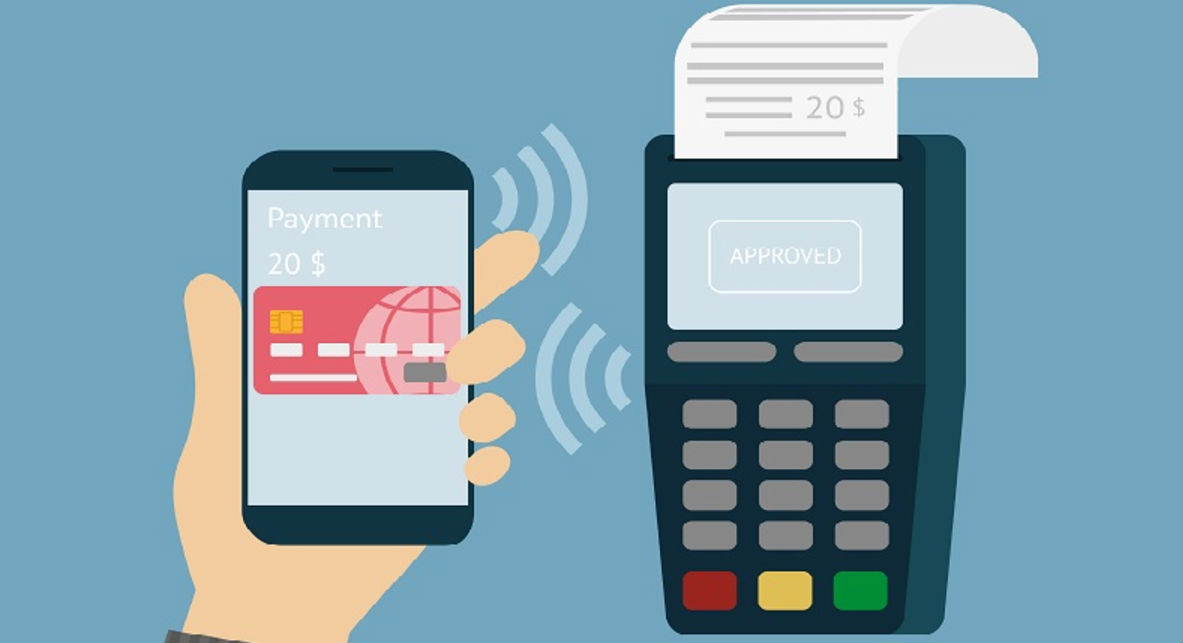
UPI stands for Unified Payment Interface which is an initiative by National Payments Corporation of India to simplify Mobile Banking and to promote Digital payments in the country. NCPI has built the solution on top of its successful IMPS platform that enables real-time transfer of money between any two bank accounts.
What UPI does is to further simplify the earlier process by abstracting the account details of the sender and receiver with an ID that looks a lot similar to the ubiquitous email-ids, The account holders create these IDs and use it to transact — Send/Request/receive money.
Launched this past August and with a lot of hype, it’s safe to say it has only tasted limited success so far and the adoption has largely come from the tech crowd.
The solution is unique and offers several advantages (listed below) but it does come with a set of limitations that the article identifies and suggests ways to overcome it.
Usability
Incidentally, the NCPI offers only the backend solution and lets its partner ecosystem (banks, app developers etc) to build the front-end application addressing various use-cases.
The problem with this approach is that the current crop of UPI apps are subpar, at least usability wise. These players, particularly Banks, have tried force-fitting UPI into their existing app workflows and have made a mess of it — case in point HDFC. I have been looking around but yet to discover that killer app that wow and makes everyone jump onto this bandwagon.
For starters, NCPI can build its own reference app that showcases the platform’s potential and focus on an experience that delivers simplicity, ease of use, aesthetics etc.
Digital Wallets have gained popularity, mainly due to their focus on these aspects even though there is a significant friction in loading money which UPI does not have.
Secondly, they should tighten their certification process and not approve apps that fail to meet the stringent guidelines.
Positioning /Branding
Here is probably where the NCPI may have erred the most, they have been speaking one language to everyone — to their eco-system partners and to the end-users alike — assuming everyone understands what they are talking. Unfortunately acronyms like API, UPI, VPA and others are not something an average user can understand lest not get intimidated by it.
They should look to adopt a dual communication strategy in that, talk technology such as integration, availability, security etc. to their developer community and cite easy to appreciate benefits like speed, convenience cost etc. to the user community.
They should create a consumer brand, something like an iPay (for India Pay) and call the payment identifier as an iPayID and discontinue references to VPA, UPI etc. This is akin to how UIADI calls our national identification number as Aadhar instead of a convoluted abbreviation.
Discovery
Perhaps the biggest pain-point for the early adopters is that they don’t know who else is on the platform to perform UPI-based transactions. Today, new user additions are mainly happening by the way of the early adopters convincing their friends and family to also signup just so they can transact. While this Chicken and Egg problem is common to any new platform and stays until it gains the critical mass, this process clearly needs to be looked for fast-tracking opportunities.
Luckily, NCPI might just have a fairly easy solution and that is to make all bank accounts in the country iPay ready (dare i say VPA) without the need for the users to opt-in/register for it manually.
All they have to do is to automatically generate a unique iPayID for all the account numbers by appending the respective bank names as suffix For ex. iPayId for the account number 165626281 in Citibank could be 165626281@citi. The existing practice of letting users create novelty IDs can also continue. As account numbers are anyway not a confidential information and in no way less secure than the existing practice (of sharing Account numbers/IFSI code etc.) it can be exchanged freely to send/request payments.
In fact, the same approach can be extended to all institutions that have payments such as utility services, telephone service, cable TV etc. This can create millions of virtual wallets that can potentially transact with each other. For the companies, these accounts can suddenly become intelligent that will simplify their operational processes like reconciliation, refunds etc and opens up opportunities for exciting innovations.
When this happens it will be truly transformational and the Whatsapp moment that people like Nandan Nilekani have been predicting for the financial services will arrive sooner than later.
The UPI Advantage
UPI provides the convenience of digital wallets without the need for one to monitor and load the money from various sources (bank, credit card, cash etc.) manually.
As the transactions happen over the banking network and as banks have better security infrastructure than the digital wallet providers, the money transacted via UPI is relatively safer from hackers and other miscreants
Unlike third-party digital wallets where the money lies idle with the wallet provider without earning any interest, the money transacted via UPI can offer nominal returns as per the prevailing savings bank rate.
The cost of transferring the money back from the wallets to the bank account is fairly expensive and UPI is significantly cheaper (50 P/transaction v/s up to 4%/transaction) and maybe even made free at a future date.
[The author of this post is Arun Gopalaswami – a tech aficionado, working at Marketstreat.]


























